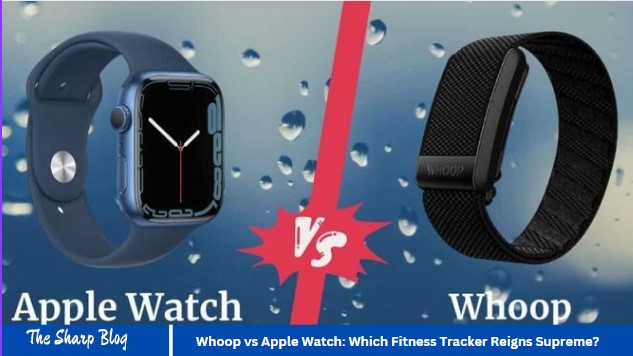Comparing Whoop and Apple Watch unveils their unique features, offering insights into which reigns supreme in the realm of fitness tracking. While both devices excel in monitoring various health metrics, they differ in design, battery life, and specialized functionalities. Understanding their strengths and limitations is essential for choosing the ideal fitness tracker that aligns with individual preferences and fitness goals.
Introduction to Whoop vs Apple Watch Fitness Trackers
Discover the ultimate fitness companions: Whoop and Apple Watch. These trackers revolutionize health monitoring, offering diverse features. Whoop specializes in recovery tracking, while Apple Watch excels in overall fitness and smartwatch capabilities. Delve into their unique offerings, from heart rate monitoring to sleep tracking, to determine which device best aligns with your lifestyle and fitness goals.
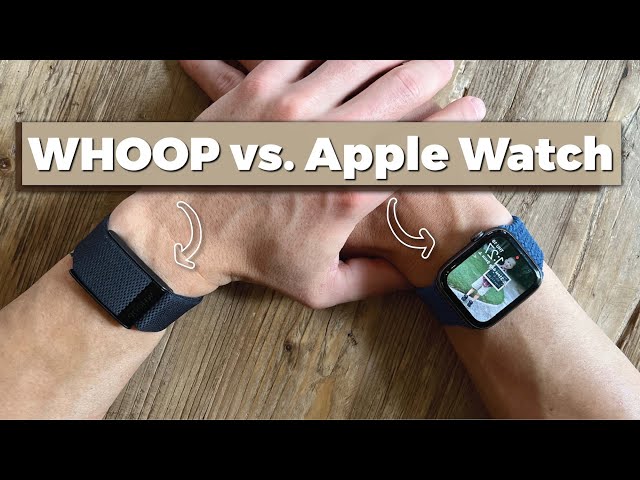
Overview of Whoop Fitness Tracker
Whoop is a cutting-edge fitness tracker designed to optimize performance and recovery. It focuses on monitoring key biometrics, including heart rate variability (HRV), sleep quality, and strain. Its subscription-based model provides personalized insights to enhance training efficiency and prevent overtraining. The sleek, lightweight design ensures comfort during wear, making it a popular choice among athletes and fitness enthusiasts striving for peak performance.
Overview of Apple Watch Fitness Tracker
The Apple Watch is a versatile fitness tracker renowned for its comprehensive health monitoring and smartwatch features. It tracks various activities, including workouts, steps, and heart rate, providing real-time feedback and personalized insights through the Health app. With features like ECG monitoring, fall detection, and sleep tracking, the Apple Watch serves as an all-in-one wearable solution for fitness enthusiasts and health-conscious individuals.
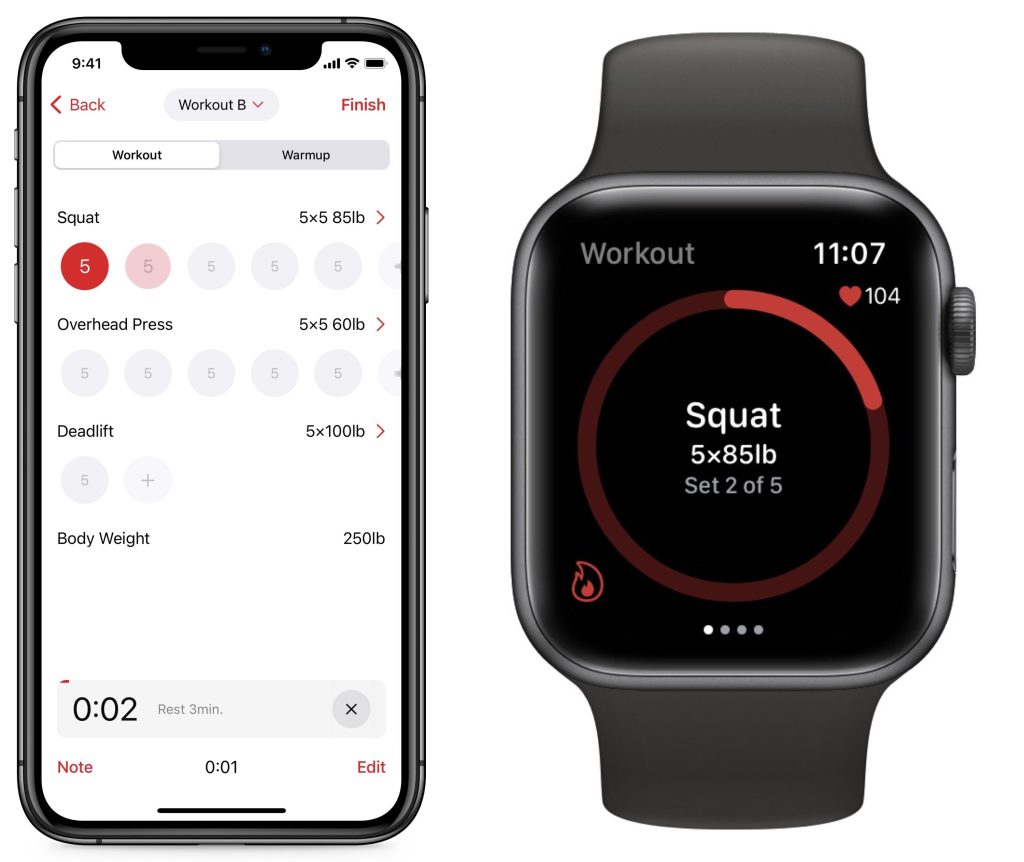
Comparing Design and Build Quality
When comparing design and build quality, Whoop opts for a minimalist, lightweight band design optimized for comfort during wear. Its durable construction ensures resilience during rigorous activities. In contrast, the Apple Watch offers a sleek, customizable design with various band options and premium materials. Both devices prioritize durability and aesthetics, catering to individual preferences and lifestyles with their distinct design philosophies.
Assessing Fitness Tracking Capabilities
Whoop excels in comprehensive fitness tracking, prioritizing key metrics like heart rate variability (HRV), sleep quality, and recovery. Its subscription-based model provides personalized insights for optimizing training efficiency. Conversely, the Apple Watch offers a wide array of fitness tracking features, including activity monitoring, workout tracking, and health metrics like heart rate and ECG, catering to diverse fitness goals and preferences.
Analyzing Health and Wellness Features
Whoop focuses on holistic health and wellness with features like sleep tracking, recovery monitoring, and strain analysis, providing actionable insights for optimizing performance and well-being. In contrast, the Apple Watch offers a broad range of health features, including heart rate monitoring, ECG, fall detection, and menstrual cycle tracking, catering to diverse health needs and empowering users to proactively manage their well-being.
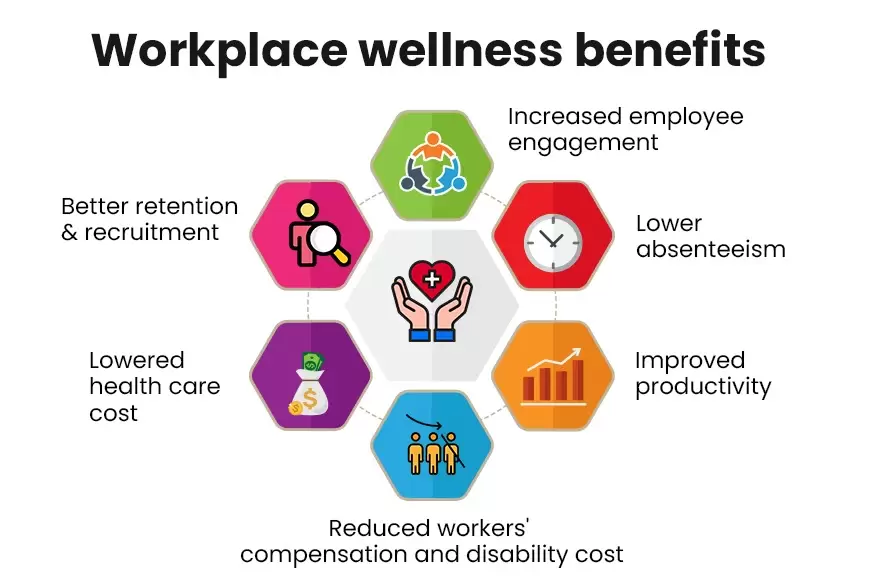
Exploring Activity Tracking and Workouts
Both Whoop and Apple Watch excel in activity tracking and workout monitoring. Whoop emphasizes recovery, strain, and sleep tracking to optimize training intensity and rest periods. Meanwhile, Apple Watch offers a diverse range of workout modes, real-time metrics, and coaching features, empowering users to track various activities effectively and achieve their fitness goals with precision and versatility.
Examining Sleep Tracking Performance
Whoop employs advanced sleep tracking algorithms, focusing on sleep quality metrics like sleep stages, disturbances, and duration. Its personalized insights aid in optimizing recovery and performance. In contrast, the Apple Watch offers basic sleep tracking features, providing sleep duration and trends but lacks in-depth analysis. While both devices track sleep, Whoop’s focus on detailed metrics makes it a preferred choice for sleep optimization.
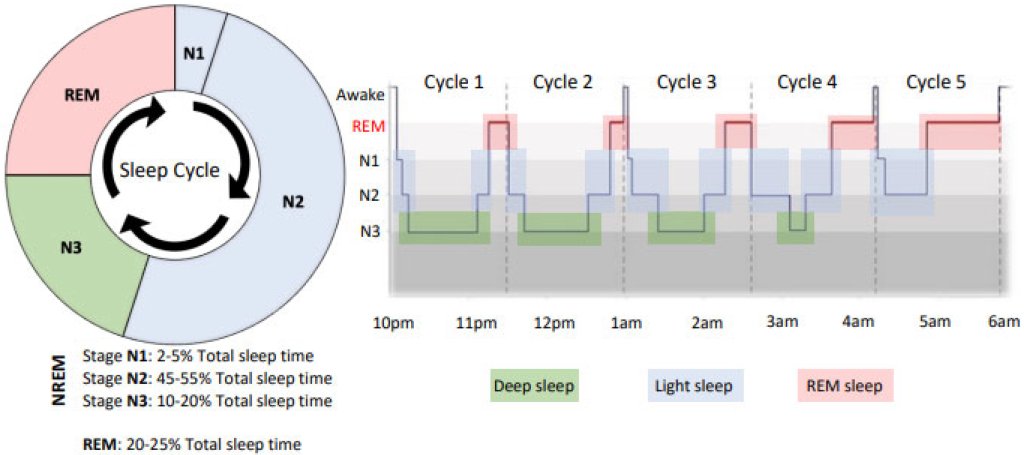
Evaluating Battery Life and Charging
Whoop boasts an impressive battery life of up to five days, requiring periodic recharging via its proprietary charger. This ensures uninterrupted usage for optimal performance tracking and analysis. Conversely, the Apple Watch typically requires daily charging, with battery life varying based on usage and model. Its magnetic charging cable offers convenient recharging, but frequent charging may be necessary for sustained usage throughout the day.
Reviewing Compatibility and Ecosystem Integration
Whoop seamlessly integrates with its companion mobile app, providing detailed insights and analysis across various platforms. Its compatibility extends to iOS and Android devices, ensuring accessibility for a wide range of users. Conversely, the Apple Watch is exclusively compatible with iOS devices, leveraging the Apple ecosystem for seamless integration with other Apple services and devices, enhancing user experience and functionality for Apple users.
Considering Price and Value Proposition
Whoop’s subscription-based model offers a membership fee covering the device and access to its advanced analytics and insights. While initially costly, it provides long-term value with continuous updates and support. Conversely, the Apple Watch requires a one-time purchase, with various models and price points available. Its value proposition lies in its versatile functionality as both a fitness tracker and smartwatch, catering to diverse user needs.
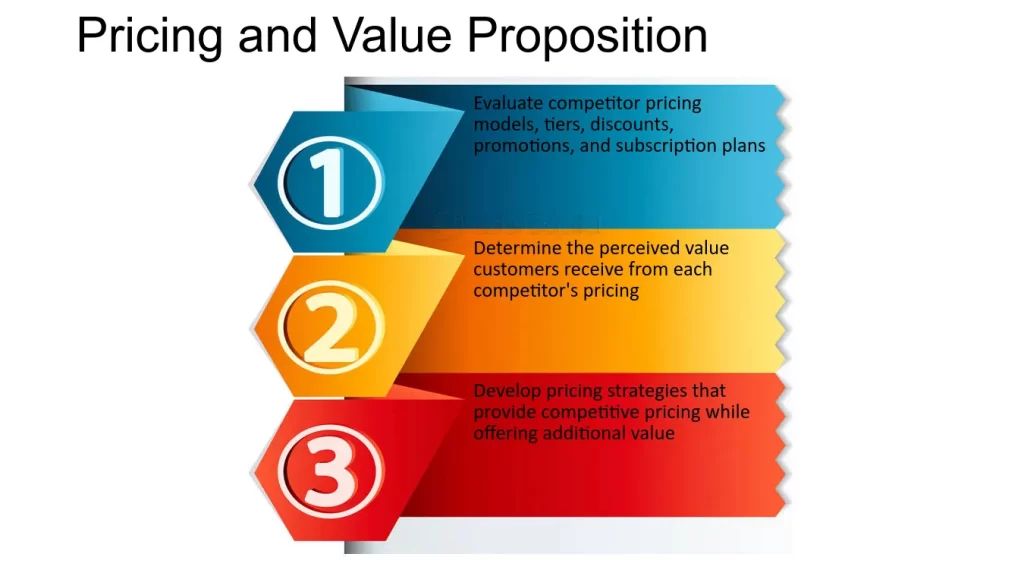
Gathering User Feedback and Reviews
User feedback and reviews offer valuable insights into the performance and usability of Whoop and Apple Watch. Evaluating user experiences, both positive and negative, aids in making informed decisions. Platforms like online forums, review websites, and social media provide ample user-generated content for comprehensive analysis. Considering user perspectives helps gauge satisfaction levels and potential areas for improvement when choosing between these fitness trackers.
Frequently Asked Questions
What are the key differences between Whoop and Apple Watch?
Whoop focuses on performance tracking for athletes, while Apple Watch offers a broader range of features including fitness, health, and smartwatch capabilities.
How does Whoop track fitness and health compared to Apple Watch?
Whoop primarily tracks metrics like heart rate variability, sleep quality, and recovery, while Apple Watch monitors activities, and heart rate, and offers workout tracking.
What features does the Apple Watch offer that Whoop doesn’t, and vice versa?
Apple Watch offers cellular connectivity, a wide range of apps, and a touchscreen interface, while Whoop focuses on advanced fitness metrics and recovery tracking.
Which device provides more accurate fitness and health data?
Both devices provide accurate data, but the choice depends on individual preferences and needs.
Can I use both Whoop and Apple Watch simultaneously?
Yes, you can use both devices simultaneously for different purposes.
Are there any subscription fees associated with Whoop or Apple Watch?
Whoop requires a subscription for access to its services, while Apple Watch has no subscription fees beyond the initial purchase.
How long does the battery last on each device?
Whoop typically lasts for up to five days, while Apple Watch varies depending on usage but generally lasts one to two days.
Do Whoop and Apple Watch offer sleep-tracking capabilities?
Yes, both devices offer sleep-tracking features.
Which device offers better integration with other fitness apps and platforms?
Apple Watch has broader compatibility with various fitness apps and platforms due to its popularity and app ecosystem.
Are there any notable customer reviews or comparisons between Whoop and Apple Watch?
Many reviews compare the two devices, highlighting their respective strengths and weaknesses based on individual preferences and usage scenarios.
Conclusion
Whoop offers a remarkable battery life of up to five days, depending on usage. It’s designed to be charged daily for optimal performance, typically requiring just 10-15 minutes of charging. The Apple Watch Series 7 provides a battery life of approximately 16 to 28 hours, depending on usage. Users usually need to charge it daily to ensure it doesn’t run out of power.

